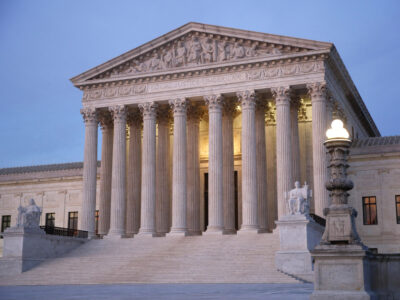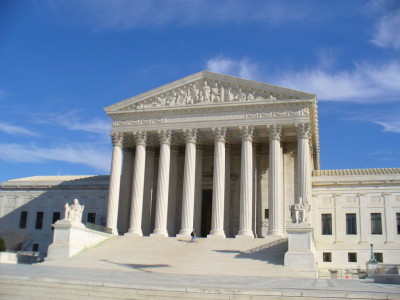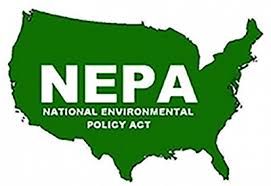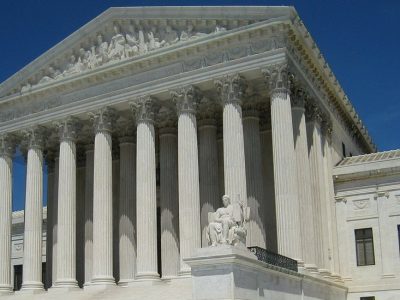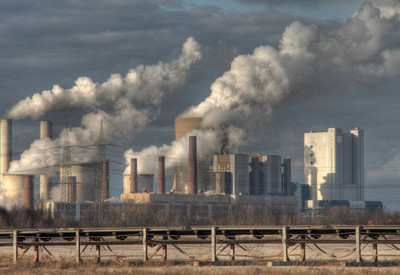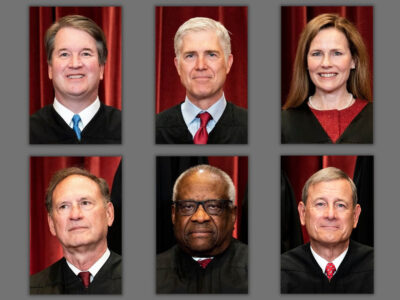Administrative Law
Is the Sky Falling? Chevron, Loper Bright, and Judicial Deference
Perplexed? Worried? Here’s a guide to a fraught area of law.
If you’re confused about the Supreme Court’s ruling, you’re not alone. Scholars will be discussing the recent ruling for years. It clearly will limit the leeway that agencies have to interpret statutes, meaning less flexibility to deal with new problems. But unlike many commentators, I don’t think the sky is falling. I was teaching environmental …
Continue reading “Is the Sky Falling? Chevron, Loper Bright, and Judicial Deference”
CONTINUE READINGThe Supreme Court & Interstate Pollution
It was puzzling that the Court agreed to hear the case. How has it ruled? And why?
Months ago, the Supreme Court agreed to hear an “emergency” request to stay EPA’s new rule regulating interstate air pollution. Like most observers, I was puzzled that the Court was bothering with the case before the D.C. Circuit even had a chance to consider the merits of the challenges. Months later, the Court has finally …
Continue reading “The Supreme Court & Interstate Pollution”
CONTINUE READINGThe 2023 NEPA Rewrite and the Supreme Court’s New Climate Case
NEPA isn’t a common law subject. What the statute says matters more than pre-2023 judicial opinions.
When it amended NEPA in 2023, Congress squarely rejected language that would have constricted the definition of environmental impacts. The Supreme Court needs to give that language full effect, not obsess about the meaning of pre-2023 judicial opinions.The Supreme Court shouldn’t give advocates of narrowing NEPA a victory that they were unable to get through the legislative process.
CONTINUE READINGNEPA in the Ninth
Can an agency just shortcut the whole process? The 9th Circuit says no.
On Wednesday, the Ninth Circuit decided a NEPA case that discusses two interesting issues. But what’s most striking isn’t what the court did discuss but what it didn’t mention : the fact that last year’s NEPA amendments speaks directly to one of those issues. Apparently the word that NEPA was extensively amended a year ago …
Continue reading “NEPA in the Ninth”
CONTINUE READINGThe Supreme Court’s Top-10 Environmental Law Decisions
If these decisions had come out differently, environmental law would look very different than it does today.
Here’s what you really need to know about the Supreme Court’s rulings on environmental law — including its recent trend toward weakening environmental protection.
CONTINUE READINGPouring Gas on a Five Alarm Fire
That’s Trump’s climate policy in a nutshell. His campaign slogan should be, “Burn, Baby, Burn.”
At a dinner for oil industry CEOs last week, Trump promised to fulfill the industry’s every dream in return for a billion dollars in donations. We urgently need now is more federal climate action, not less. Yet the reelection of Donald Trump would wipe out years of federal climate action. It’s important to understand fully …
Continue reading “Pouring Gas on a Five Alarm Fire”
CONTINUE READINGJudicial Deference to Agencies: A Timeline
Decisions about judicial deference to agencies on legal issues didn’t begin or end with Chevron.
The Supreme Court is about to make a major decision about the balance of power between courts and agencies like EPA. Here’s what you need to know about the history if the issue to understand what’s going today.
CONTINUE READINGWhy the New Climate Reg for Coal is a Perfectly Normal EPA Rule
EPA’s approach isn’t a novel innovation. It’s just EPA applying its usual approach.
The problem isn’t that EPA’s new climate regulation for power plants will crush the coal-fired generation industry. It’s that much of the industry is so economically weak it can’t survive any kind of regulation.
CONTINUE READINGDon’t Count Your Judicial Vultures Before They Hatch
The conservative Supreme Court majority may turn out as bad as we fear. Or maybe not.
It’s not hard to imagine the conservative super-majority pursuing its campaign against regulatory agencies like vultures picking over the bones of environmental law. That’s certainly possible – vulture eggs do, after all, generally hatch into vultures. But it’s not by any means a done deal. There are multiple pathways the Court could take – none …
Continue reading “Don’t Count Your Judicial Vultures Before They Hatch”
CONTINUE READINGU.S. Supreme Court Revisits, Tightens Regulatory Takings Limits on Land Use Regulation
California Homeowner’s Takings Challenge to County’s Traffic Impact Fee Heads Back to State Court
On April 12th, the U.S. Supreme Court revisited a constitutional doctrine near and dear to its institutional heart: when and under what circumstances does a land use permit condition violate the Fifth Amendment’s Takings Clause? In yet another “regulatory takings” case from California, the Supreme Court wound up not answering that precise question. Instead, the …
CONTINUE READING



